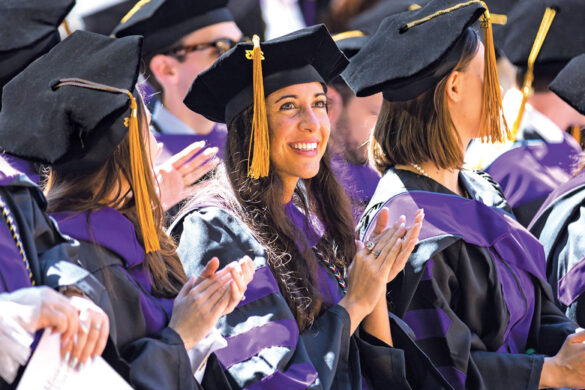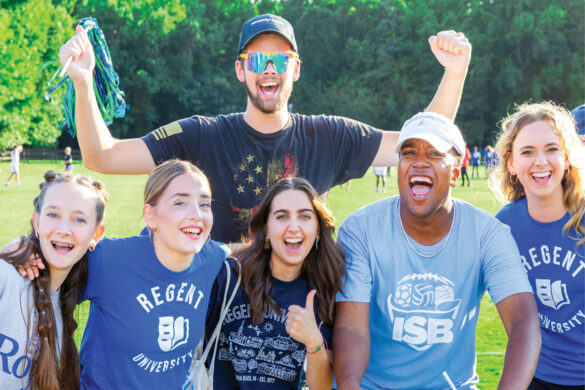Traversing the Challenges of the Virtual Classroom
By Dr. Sandra Fortner with Dr. John Hanes | School of Education
March 11, 2020, is a day that may forever live in people’s minds worldwide. That’s when the World Health Organization declared COVID-19 a pandemic impacting all educational programs—private and public schools, church school programs such as Sunday School and Vacation Bible School, and higher education. Schools closed, opened up, closed again, and often utilized alternate formats such as virtual learning, hybrid models, and asynchronous learning. Students missed days, weeks, and months of learning. Many suffered from impeded social skill development.
This concern for children’s spiritual, academic, and affective development, coupled with parental and adult-learner needs for support, has required educational leaders to analyze, evaluate, and create ways to meet the diverse needs across the academic spectrum.
The Learning Challenges We’ve Faced
With the onset of virtual learning, teachers and students alike received training on operating online programs to facilitate teaching and learning. Some larger school districts, churches, and private schools provided Chromebooks and laptops to students and teachers to support the initiative. Others could not. Some students used their cell phones to participate in virtual learning.
Teachers received training on the technological aspects of online learning, but few were instructed in effective teaching strategies emphasizing learning styles to promote knowledge and address students’ diverse needs. Typically, the online programs addressed auditory, visual, and tactile [small motor control] means of learning. Still, they could not guarantee kinesthetic or hands-on [large motor control] activities that would have students engage with the content and experience
Learning Styles: A Place for Kinesthetic Learning in the Virtual World
Kinesthetic learning was a method Jesus promoted with His New Testament teachings. More than lecturing as a means to help His listeners learn, Jesus also offered instructions and called for learners to do what He said. For example, He modeled ministry, healing, and care for His disciples and then sent them out to do it, closing the loop by reporting back when they finished their assignment (Luke 9:1–6, 10). Jesus’ teaching demanded the application of their learning.
Though teachers could guide students to replicate the intended learner outcomes, such as multiplying 2-digits by 2-digits, they could not do this for every subject or concept before assigning work for a grade. Students need to engage with the content before being assessed for its mastery. Teachers could not guarantee that their pupils could apply the instruction to the real world because of pandemic restrictions and sometimes monetary requirements.
For example, not all parents were working from home. Planning both on their part and the part of teachers required ingenuity. Some teachers had students gather objects in the home, with parental consent, to complete a hands-on experience with the teacher’s guidance. Such action took detailed planning and know-how. Also, it restricted what materials could be used apart from adult assistance.
Most teachers figure out how to teach virtually, but not all knew how to promote learning beyond online programs. After all, the pandemic was new. Teacher training and energy focused on learning online programs like Zoom, Google, Kahoot, and Canvas. Therefore, the methodology for effective teaching and learning sat on the back burner in place of mastering the means to connect.
New Strategies for a New Day
Even as many students have returned to the school site, masks and social distancing restrict some instructional strategies. As a result, school leaders must continue to research and provide professional development to educators to meet students at many levels. Educational leaders must consider student dimensions holistically during modified, virtual, hybrid, and asynchronous learning, including spiritual and physiological health, learning styles, interests, cooperative relationships, and social skills. They also must ensure that teachers have the necessary tools to return to the homesteading forum should the need arise.
Some teachers still require professional development for times when teaching and learning are not affected by the pandemic. Best practices can be simple. For example, sharing the learning objective with students, explaining its relevance beyond school, pulling some students into group learning based on data-driven decisions, and extending independent practice opportunities to others.
Applying Virtual Teaching Principles in the Classroom and in Life
In the months and years ahead, colleges and universities must equip their schools of education with textbooks, articles, videos, research, and conversations that address the pandemic’s problems and solutions. Already, the School of Education at Regent University is enhancing its curriculum with virtual and hybrid learning best practices—even as Regent professors navigate the very principles they are teaching.
For example, Regent’s Advanced Staff Development for Christian Schools course explores the global pandemic’s effect on education worldwide and in the U.S. The course also addresses virtual teaching and technology tips and moderates biweekly discussions on these and other relevant topics among teachers and administrators. In the process, these educators are exploring best practices and improving their andragogy and pedagogy. In fact, as their final project, the class seeks to design effective professional development tools and a strategy for implementation, with many electing Virtual Teaching as their topic to address the real-world needs of their current working sites.
In addition to higher education applications, parents can assist their children’s learning based on age-level characteristics and abilities. Parents can follow along as their students learn to use the online instruction programs. They also can watch and assist their children with guided practice directed by the teacher. God’s Word sets forth the privilege and responsibility of parents to actively instruct their children: “You shall teach them to your children, talking of them when you are sitting in your house, and when you are walking by the way, and when you lie down, and when you rise” (Deuteronomy 11:19, ESV).
Simple Ways to Teach Young Children
Keeping younger students engaged in the joy of learning is especially important in this season of change. To challenge them outside the classroom, have your child:
Write out the shopping list you dictate
Categorize the items on the shopping list
Measure items in a measuring cup to be used
Create a study guide
Make a collage for a concept from one of their classes using words and pictures
Create a timeline of their day
Write in a journal
Grow seeds and draw/record their progression
Create a stained-glass window using crepe paper for slope (linear equations-Algebra)
Create a song with dance movements to drive home the concept of energy.
What’s the Bottom Line?
The bottom line in education is securing the health and safety of those involved in the teaching and learning process. If you’re a teacher, include parents. Then, follow this with effective teaching and learning practices.
If you’re a parent, collaborate with teachers and your children to make learning more relevant and accessible.
We have had one-and-a-half years to get the technological aspects down. That means the next step is to optimize teaching and learning for all. We can do this. We must have faith and remember, “The heart of man plans his way, but the Lord establishes his steps” (Proverbs 16:9, ESV).










